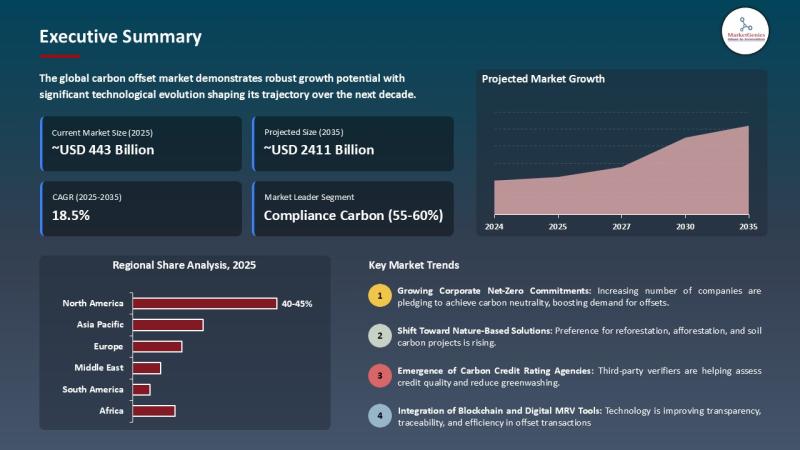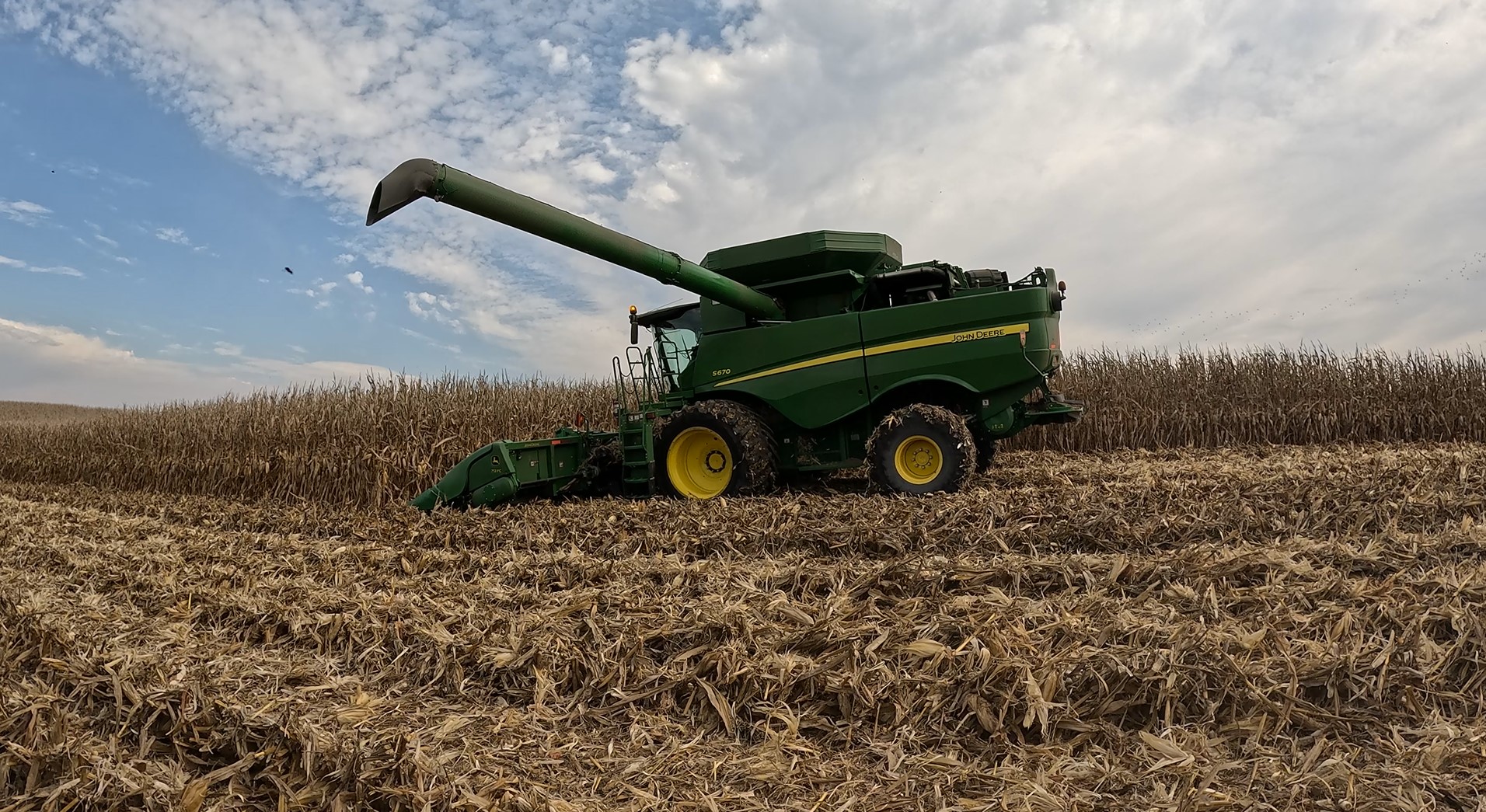Report on the Impact of U.S. Government Shutdown on Sustainable Development Goals
Threats to SDG 2: Zero Hunger and SDG 1: No Poverty
A federal government shutdown threatens the continuity of the Supplemental Nutrition Assistance Program (SNAP), a critical initiative for achieving Sustainable Development Goal 2 (Zero Hunger) and SDG 1 (No Poverty). The potential disruption of benefits for the upcoming month directly jeopardizes food security for millions.
- In the state of Georgia alone, 1.4 million individuals, including over 640,000 children, depend on SNAP for food access.
- The program is a key anti-poverty measure, proven to reduce food insecurity by approximately 30% among its recipients.
- Failure to disburse November benefits would undermine the social safety net, potentially increasing rates of hunger and poverty among the nation’s most vulnerable populations.
Economic Repercussions and SDG 8: Decent Work and Economic Growth
The suspension of SNAP benefits poses a significant risk to local economies, directly impacting progress toward SDG 8 (Decent Work and Economic Growth). The program functions as an economic stimulus by ensuring consistent consumer spending on essential goods.
- In Georgia, SNAP injects over $3 billion into local economies annually.
- This funding supports a wide range of retailers, including more than 2,300 grocery stores, supermarkets, specialty food stores, and farmers’ markets.
- A halt in benefit distribution would reduce revenue for these businesses, potentially affecting employment and local economic stability.
Impact on SDG 10: Reduced Inequalities
SNAP plays a crucial role in addressing SDG 10 (Reduced Inequalities) by providing essential support to disproportionately affected communities, including those in rural areas.
- Data indicates a higher reliance on SNAP in non-metropolitan regions, with 17% of individuals in small towns and rural areas utilizing the program compared to 11% in urban centers.
- Any disruption in SNAP funding would therefore exacerbate existing inequalities, placing a greater burden on rural households and communities.
Institutional Response and Alignment with SDG 16: Peace, Justice, and Strong Institutions
The current situation calls for an effective and accountable institutional response from the U.S. Department of Agriculture (USDA) to mitigate the crisis, in alignment with the principles of SDG 16 (Peace, Justice, and Strong Institutions). While the shutdown stems from a legislative failure, executive agencies possess mechanisms to maintain essential services.
Recommendations for Immediate Action
- Utilize Contingency Funds: The USDA must immediately deploy the nearly $6 billion in the SNAP contingency fund, as outlined in its lapse plan, to cover a significant portion (approximately two-thirds) of one month’s benefits.
- Exercise Discretionary Authority: The USDA Secretary should use discretionary authority to transfer available carryover funds from other agency programs. This approach was successfully used recently to ensure funding for the Special Supplemental Nutrition Program for Women, Infants, and Children (WIC).
- Provide State Guidance: The USDA must issue prompt and clear guidance to states regarding the amount of benefits to be issued for November to ensure timely distribution.
- Maintain Operational Continuity: States must be directed to continue processing SNAP applications during the shutdown to prevent a backlog and ensure eligible households can access support once funding is restored.
Analysis of Sustainable Development Goals in the Article
1. Which SDGs are addressed or connected to the issues highlighted in the article?
The article primarily addresses issues related to food security, poverty, and social protection, which directly connect to the following Sustainable Development Goals (SDGs):
- SDG 2: Zero Hunger: The central theme of the article is the potential disruption of the Supplemental Nutrition Assistance Program (SNAP), a program designed to combat hunger and food insecurity. The text emphasizes that “SNAP is a critical lifeline” for millions and that its purpose is to help people “afford groceries” and “put food on the table.”
- SDG 1: No Poverty: SNAP is a social safety net program aimed at assisting low-income individuals and families. By providing resources for food, it alleviates the financial burden on the poor, which is a core objective of SDG 1. The article discusses the program’s role in providing “certainty that families and individuals can go to the grocery store and buy the essentials.”
- SDG 10: Reduced Inequalities: The article touches upon inequalities by highlighting the program’s importance for specific vulnerable groups, such as “more than 640,000 children” and the disparity in reliance on the program between different geographic areas. It notes that “People living in rural areas of the state are more likely to use SNAP than people in cities,” pointing to a focus on reducing inequalities in access to basic necessities.
2. What specific targets under those SDGs can be identified based on the article’s content?
Based on the article’s discussion of SNAP’s role and the potential impact of the government shutdown, the following specific SDG targets can be identified:
-
SDG 2: Zero Hunger
- Target 2.1: By 2030, end hunger and ensure access by all people, in particular the poor and people in vulnerable situations, including infants, to safe, nutritious and sufficient food all year round.
Explanation: The article directly relates to this target by discussing how SNAP and WIC (Special Supplemental Nutrition Program for Women, Infants, and Children) are essential for providing access to food for “1.4 million Georgians, including more than 640,000 children” and other vulnerable individuals. The entire plea for funding is to ensure these groups have access to sufficient food.
- Target 2.1: By 2030, end hunger and ensure access by all people, in particular the poor and people in vulnerable situations, including infants, to safe, nutritious and sufficient food all year round.
-
SDG 1: No Poverty
- Target 1.3: Implement nationally appropriate social protection systems and measures for all, including floors, and by 2030 achieve substantial coverage of the poor and the vulnerable.
Explanation: SNAP is explicitly a “social protection system.” The article’s focus on the need to use “contingency funds” and “discretionary authority” to continue funding SNAP during a government shutdown is a direct call to maintain this system for the poor and vulnerable, aligning perfectly with this target.
- Target 1.3: Implement nationally appropriate social protection systems and measures for all, including floors, and by 2030 achieve substantial coverage of the poor and the vulnerable.
-
SDG 10: Reduced Inequalities
- Target 10.4: Adopt policies, especially fiscal, wage and social protection policies, and progressively achieve greater equality.
Explanation: The article advocates for specific fiscal actions (using contingency and transferred funds) to uphold a key “social protection policy” (SNAP). This policy is designed to reduce economic inequality by providing a safety net. The text also highlights that the program serves rural populations at a higher rate than urban ones, indicating its role in addressing geographic inequalities.
- Target 10.4: Adopt policies, especially fiscal, wage and social protection policies, and progressively achieve greater equality.
3. Are there any indicators mentioned or implied in the article that can be used to measure progress towards the identified targets?
Yes, the article provides specific data points and statements that can serve as or relate to official SDG indicators for measuring progress:
-
Indicator for Target 2.1 (End Hunger)
- Indicator Mentioned: The article states, “SNAP reduces food insecurity by about 30%.”
Explanation: This is a direct quantitative measure of the program’s effectiveness in combating hunger. It aligns with the official indicator 2.1.2 (Prevalence of moderate or severe food insecurity in the population) by showing how a specific intervention (SNAP) directly impacts and reduces this prevalence.
- Indicator Mentioned: The article states, “SNAP reduces food insecurity by about 30%.”
-
Indicator for Target 1.3 (Social Protection)
- Indicator Mentioned: The article specifies the number of beneficiaries: “SNAP is a critical lifeline for 1.4 million Georgians, including more than 640,000 children.”
Explanation: This data directly relates to indicator 1.3.1 (Proportion of population covered by social protection floors/systems). It provides a concrete number of people, including a specific vulnerable group (children), covered by this social protection system in a specific region (Georgia).
- Indicator Mentioned: The article specifies the number of beneficiaries: “SNAP is a critical lifeline for 1.4 million Georgians, including more than 640,000 children.”
-
Indicator for Target 10.4 (Reduced Inequalities)
- Indicator Mentioned: The article provides a comparative statistic: “About 17% of people living in small towns and rural areas utilize SNAP compared to 11% of people living in more populous metropolitan areas.”
Explanation: This data serves as a proxy indicator for measuring how social protection policies address geographic inequalities. It demonstrates the program’s disproportionate importance for rural populations, highlighting its role in supporting economically disadvantaged areas and thus contributing to the goal of achieving greater equality.
- Indicator Mentioned: The article provides a comparative statistic: “About 17% of people living in small towns and rural areas utilize SNAP compared to 11% of people living in more populous metropolitan areas.”
4. Summary Table of SDGs, Targets, and Indicators
| SDGs | Targets | Indicators Identified in the Article |
|---|---|---|
| SDG 2: Zero Hunger | 2.1: End hunger and ensure access by all people, in particular the poor and people in vulnerable situations, to safe, nutritious and sufficient food all year round. | The statement that “SNAP reduces food insecurity by about 30%,” which measures the program’s impact on hunger. |
| SDG 1: No Poverty | 1.3: Implement nationally appropriate social protection systems and measures for all and achieve substantial coverage of the poor and the vulnerable. | The specific number of beneficiaries covered by the social protection system: “1.4 million Georgians, including more than 640,000 children.” |
| SDG 10: Reduced Inequalities | 10.4: Adopt policies, especially fiscal, wage and social protection policies, and progressively achieve greater equality. | The statistic showing higher reliance on SNAP in rural areas: “About 17% of people living in small towns and rural areas utilize SNAP compared to 11% of people living in more populous metropolitan areas.” |
Source: gbpi.org







